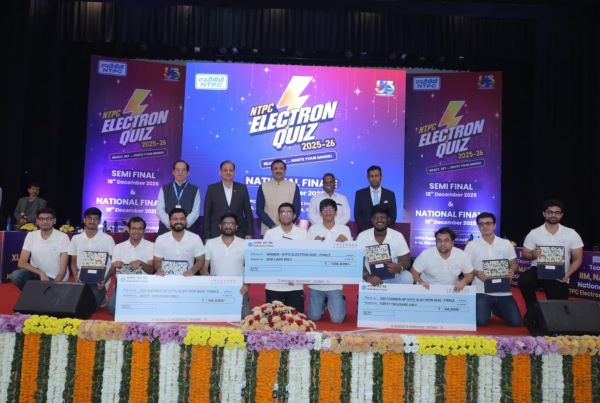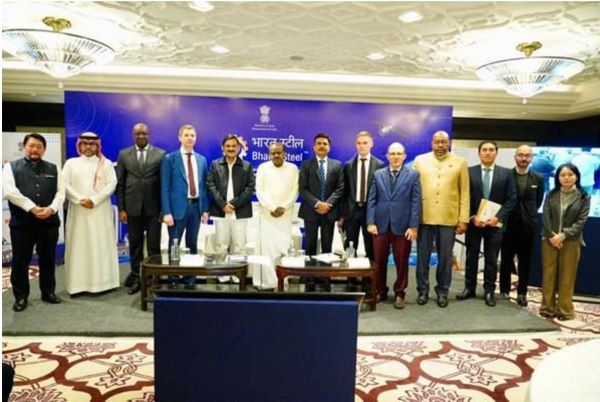A file picture
Team News Riveting
The Asian Development Bank (ADB) and the Government of India today signed a $500 million (approximately Rs 3700 crore) loan, the first tranche of a total $1 billion facility, to build a modern, high-speed 82-kilometer Delhi-Meerut Regional Rapid Transit System (RRTS) corridor that will improve regional connectivity and mobility in India’s national capital region (NCR).
The first tranche loan will support construction of the first of three priority rail corridors planned under the NCR Regional Plan 2021 to connect Delhi to other cities in adjoining states.
With a design speed of 180 km per hour and high-frequency operations of every 5–10 minutes, the 82-km corridor connecting Sarai Kale Khan in Delhi to Modipuram in Meerut in Uttar Pradesh is expected to reduce the journey time to about 1 hour from the present 3–4 hours. The RRTS will have multimodal hubs to ensure smooth interchange with other transport modes.
The first tranche financing will be used for constructing electrified tracks, signaling systems, multimodal hubs and stations with design features that are friendly to elderly, women, children and the disabled. It will also support the National Capital Region Transport Corporation (NCRTC) in drafting action plans on TOD, VCF instruments and public-private partnership (PPP) initiatives, setting up a smart-technology based platform, and formulating a gender-friendly workplace policy.
A $3 million grant from ADB’s Japan Fund for Poverty Reduction will support various activities, including provision of visual, hearing and mobility aids, such as wheelchairs for differently abled persons. Training for women and differently abled on safe mobility and employment opportunities and behavioral change for public transport providers will also be given. The ADB-administered multi-donor Urban Climate Change Resilience Trust Fund will provide $2.89 million to support innovations in building information modeling, universal access design features, TOD and VCF.
ADB is committed to achieving a prosperous, inclusive, resilient, and sustainable Asia and the Pacific, while sustaining its efforts to eradicate extreme poverty. Established in 1966, it is owned by 68 members—49 from the region.




